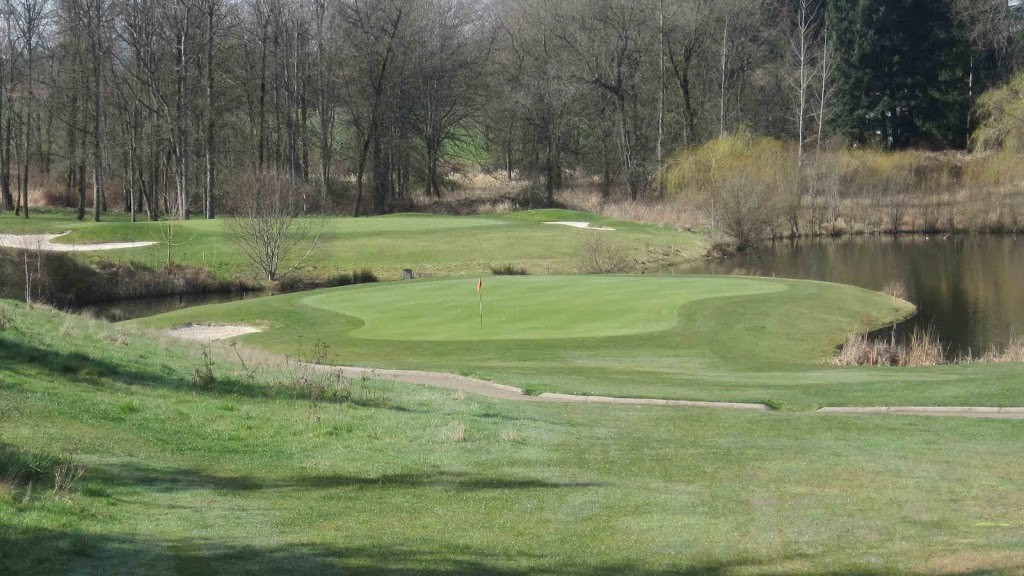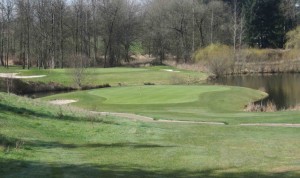An obstruction is something that is artificial, except for walls, stakes, fences, etc., that define out of bounds. Growing trees, bushes, weeds, and such are natural objects and are not obstructions. They are part of the course. If an obstruction can be moved without unreasonable effort, without causing delay, and without causing damage, it is a movable obstruction.
To get relief for a ball lying beside a movable obstruction, you may move the obstruction. You do not get to lift your ball and drop it elsewhere. If the ball moves because of your moving the obstruction, you must replace the ball with no penalty.
If the ball lies in or on the obstruction, you may lift the ball and move the obstruction. The ball is then to be dropped as near as possible to the spot directly under where it lay in or on the obstruction, and not nearer the hole. You may clean the ball when so lifted.
If the ball is moving, an obstruction that might influence it, other than the flagstick or equipment of any of the players, may not be moved. The penalty for doing so is two strokes.
All this is in Rule 24-1. Now for the fun stuff.
An incorrect ruling regarding this rule helped Ernie Els win the U.S. Open at Oakmont in 1994. Els drove his ball into the left rough. His shot to the green was blocked by a camera tower. The tower was mounted on a tracked vehicle, which could have been moved without delay, but the tower was ruled to be an immovable obstruction (to be discussed next week). Els got a free drop to a better lie which most likely saved him a stroke on the hole. He went on to beat Colin Montgomery and Loren Roberts in a playoff.
Deep Rules: You may not hold onto the ball when you move an obstruction. That would be a violation of Rule 18-2a, and a two-stroke penalty would apply.
A ball can become lost in an obstruction, but there must be reasonable evidence that this occurred. A surmise is not good enough. Without reasonable evidence that the ball was lost in the obstruction, the ball must be treated as a lost ball. If the ball is lost in the obstruction, the obstruction is to be moved and another ball dropped as near as possible to the spot directly under the place where the ball last crossed the outermost limits of the obstruction, but not nearer to the hole.
See also Know the Rules: Immovable Obstructions
My new book, The Golfing Self, is now available at www.therecreationalgolfer.com. It will change everything about the way you play.






